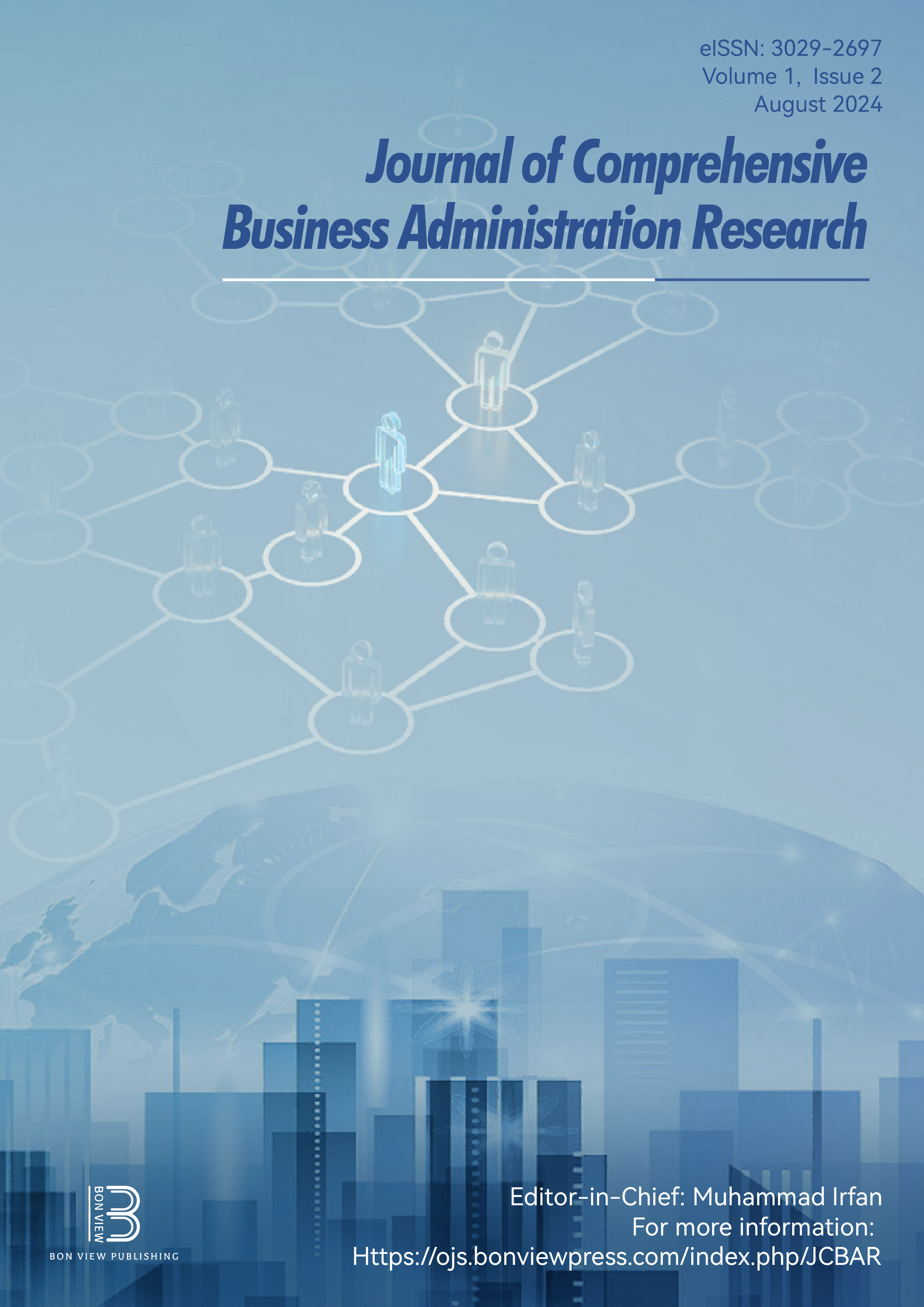A Structural Equation Model Study for Adoption of Internet of Things for the Growth of Manufacturing Industries in Australia
DOI:
https://doi.org/10.47852/bonviewJCBAR42022482Keywords:
Internet of Things, competitiveness, cost savings, manufacturing growth, regulatory supportAbstract
This research study delves into the integration of IoT within the Australian manufacturing sector, analyzing five key factors influencing adoption and drawing comparisons with Rogers’ innovation theory. Its objectives encompass assessing how competitiveness, regulatory support, management support, manufacturing growth, and cost savings affect IoT adoption. Methodologically, the research journey includes defining the problem, conducting a thorough literature review, crafting a research proposal, executing pilot and main studies, validating findings, and ultimately composing the final thesis. Quantitative data obtained from a large pool of over 500 respondents shed light on the positive impacts of competitiveness, regulatory support, and cost savings on IoT adoption. Additionally, the study employs Importance-Performance Map Analysis (IPMA) to underscore the significance of management support in successful IoT implementation. Despite facing limitations such as common method bias and constraints on generalizability, the research underscores the transformative potential of IoT in enhancing operational efficiency and decision-making within Australian manufacturing. Overall, the study’s findings confirm the significant influence of key factors on IoT adoption, affirming its potential to drive competitiveness, regulatory compliance, cost efficiency, and growth within the Australian manufacturing landscape.
Received: 17 January 2024 | Revised: 20 March 2024 | Accepted: 31 March 2024
Conflicts of Interest
The authors declare that they have no conflicts of interest to this work.
Data Availability Statement
The data that support this work are available upon reasonable request to the corresponding author.
Downloads
Published
Issue
Section
License
Copyright (c) 2024 Authors

This work is licensed under a Creative Commons Attribution 4.0 International License.


